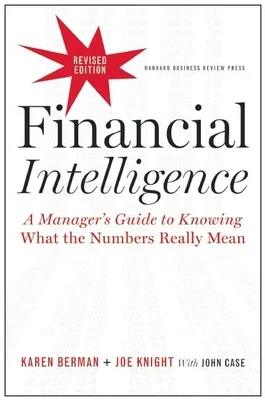Home
Knowing What Psychoanalysts Do and Doing Know
Loading Inventory...
Barnes and Noble
Knowing What Psychoanalysts Do and Doing Know
Current price: $110.00


Barnes and Noble
Knowing What Psychoanalysts Do and Doing Know
Current price: $110.00
Loading Inventory...
Size: Hardcover
*Product Information may vary - to confirm product availability, pricing, and additional information please contact Barnes and Noble
Founded on the in-depth discussion of sixteen clinical cases of psychoanalysis, this book answers the question of what psychoanalysts do when they are practicing psychoanalysis.
The authors have collaborated with over a thousand colleagues worldwide to collect a unique dataset of everyday clinical sessions, using a new workshop discussion method designed to reveal differences. Faced with diversity and wanting to surface and understand it, they had to evolve a new theoretical framework. This framework covers different approaches to the analytic situation (using the metaphors of cinema, dramatic monologue, theater, and immersive theater): different sources of data to infer unconscious content; differences in the troubles patients unconsciously experience and how to approach them; and differences in when, about what, and how a psychoanalyst should talk.
Taking the form of eleven very practical questions for psychoanalysts to ask of each session they conduct, the framework helps experienced psychoanalysts and students alike determine their intention and independently assess their progress. A final chapter applies the new framework and practical questions to contemporary technical controversies with some surprising results.
The authors have collaborated with over a thousand colleagues worldwide to collect a unique dataset of everyday clinical sessions, using a new workshop discussion method designed to reveal differences. Faced with diversity and wanting to surface and understand it, they had to evolve a new theoretical framework. This framework covers different approaches to the analytic situation (using the metaphors of cinema, dramatic monologue, theater, and immersive theater): different sources of data to infer unconscious content; differences in the troubles patients unconsciously experience and how to approach them; and differences in when, about what, and how a psychoanalyst should talk.
Taking the form of eleven very practical questions for psychoanalysts to ask of each session they conduct, the framework helps experienced psychoanalysts and students alike determine their intention and independently assess their progress. A final chapter applies the new framework and practical questions to contemporary technical controversies with some surprising results.


















